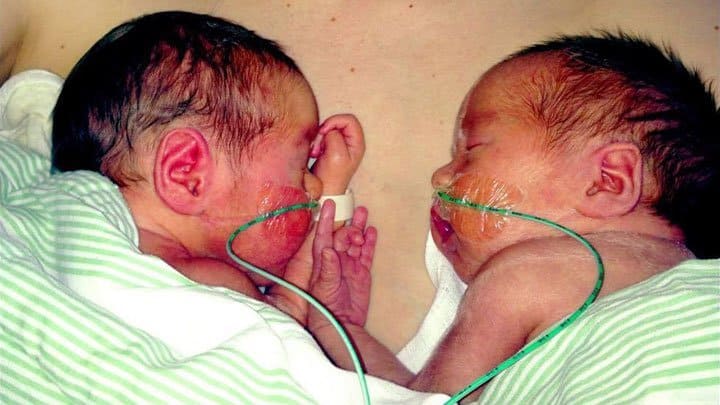Researchers Compare Vaginal Delivery by Chorionicity
A French study looks at the mortality and morbidity of newborn twins according to chorionicity after planned vaginal delivery. The study was published in the American Journal of Obstetrics and Gynecology in 2018. The study included women from 176 maternity units in France from 2014 to 2015. All women included in the study planned to have a vaginal delivery, and twin A had a head first presentation. Monochorionic twin pregnancies with Twin to Twin Transfusion Syndrome were excluded. Pregnancies, where a twin had died in the womb, were excluded as well. Deliveries below 32 weeks were also excluded.
The mortality rate did not differ
4441 women were included in the final study population. 20.2 percent were carrying monochorionic twins, and 79.8 percent were carrying dichorionic twins. The c-section delivery rate was 17.4 percent in the monochorionic twin group and 20.1 percent in the dichorionic twin group. The mortality rate did not differ between the two groups. The babies weren’t more poorly in one group versus the other. The study concluded that planned vaginal delivery at or after 32 weeks in monochorionic twin pregnancies isn’t more risky for the babies when compared to dichorionic twin pregnancies.













